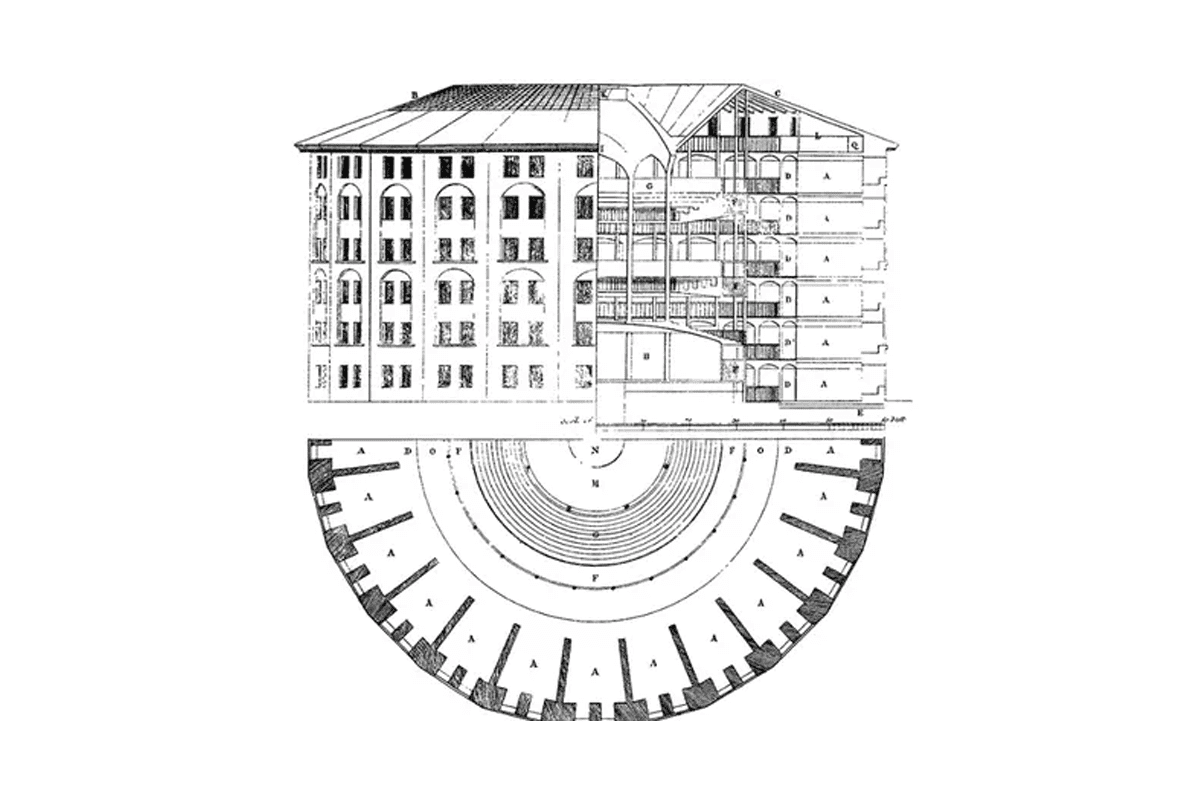What does disability mean to you? Chances are that you know someone with a disability, even if you’re unaware of it. Default perceptions of disability often go unexamined when we aren’t confronted with the difficulties facing those communities. These often unquestioned perceptions tend to be most strongly influenced by the medical model of disability.
In her book “The Capacity Contract”, philosopher Stacy Clifford Simplican examines the medical model’s simple concept of disability — you are disabled if you have a medical problem. You can be diagnosed and treated for the aspect of you that aberrates from the medical norm of health and function. In this way, the medical model maintains a systematic view of normalcy that is defined by and sampled using abled bodies. On a conceptual level, the disability exists within disabled individuals. When discussing disability activism, therefore, there is often an undue focus on treatment or prevention. The assumption is that it would be better to live in a world without disability, a view which more recent theory has criticised.
Simplican contrasts the philosophical basis of the medical model against the social model of disability. To understand this further, I spoke with Dr Kim Bulkeley, an occupational therapist and Senior Lecturer at USyd. As Dr Bulkeley explained to me, the social model began to emerge during the 1960s in the United Kingdom as part of the broader civil rights movement. It is a rights-based model at its core. The fundamental principle aim is to shift the focus to the attitudes and environmental factors that affect the lives of disabled people. Simplician points out the social model as one that turns the focus of disability to outside of the person’s body, and indeed frames the concept of disability to be largely one based in culture and attitude. For instance, a wheelchair user is not disabled because of a physical condition: the source of the problem is that roads, parks, and buildings are not designed to accommodate disability. If buildings were designed by wheelchair users, issues with accessibility would change considerably.
The social model also has the effect of turning the focus on systemic injustice, which Dr Bulkeley frequently encounters in her research into disability and employment. Only 53% of disabled people in Australia are employed compared to 85% of the non-disabled population — a statistic which remains unchanged in the past 20 years. According to Dr Bulkeley, persisting ideas of disability equalling a reduced capacity to work discourages employers from accepting and making accommodations for disabled candidates. A social model of disability denies that disabled individuals are inherently less capable of any aspect of life, and that what is necessary is a cultural and institutional shift towards giving the disabled population agency in the decisions that affect their rights, treatment, and quality of life. Hence the slogan of the disability rights movement in Australia: Nothing About Us, Without Us.
An aspect of my talk with Dr Bulkley that truly struck a chord with me was her way of phrasing the aims of the social model. As a cultural, rights-based movement, the social model is geared towards seeing disability as a natural aspect of human diversity, with just as much rich culture and community. There is pride in many disabled populations in Australia, including the Deaf community (note the use of Deaf and not deaf). The medical model would assume that every person with a hearing impairment uses a hearing aid to better assimilate into an abled perception of normalcy, but many Deaf individuals choose not to use assisted hearing devices.
Dr Bulkley expressed dissatisfaction with the structure of current support available through the NDIS (National Disability Insurance Scheme). The NDIS is the main service assisting disabled individuals in Australia, and its focus is largely on providing financial and service aid. This structure of support can help individuals, but it does nothing to change structural inequality in regards to disability. Due to this, the responsibility of enacting change and improvement on a community and government level falls on NGOs, activism initiatives, and the families and carers of disabled people.
Enacting the cultural shift begins by observing disability inequality as a societal and attitudinal phenomenon that has nothing to do with a disabled person’s body or how it differs from an abled person’s body. If you can, do some reading or find out what disability services are in your area. Take a critical look at how you view disability in your world, and where exactly you place it.





